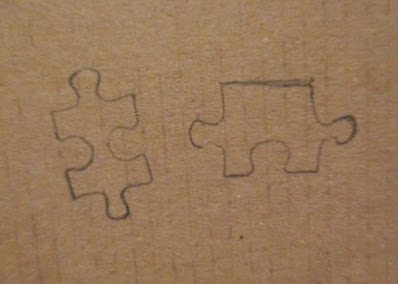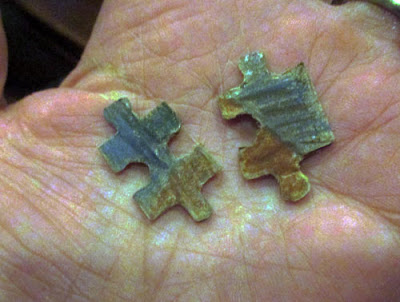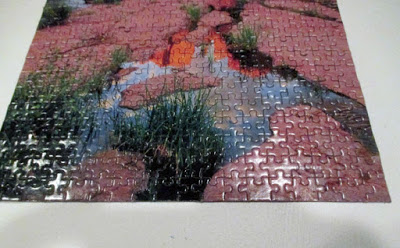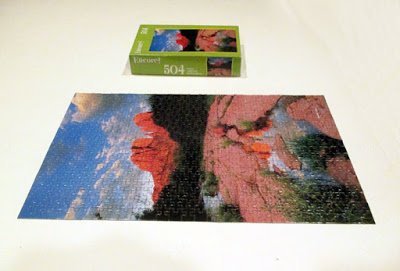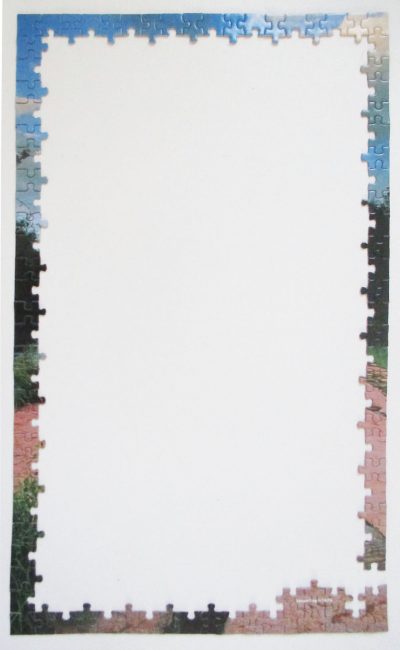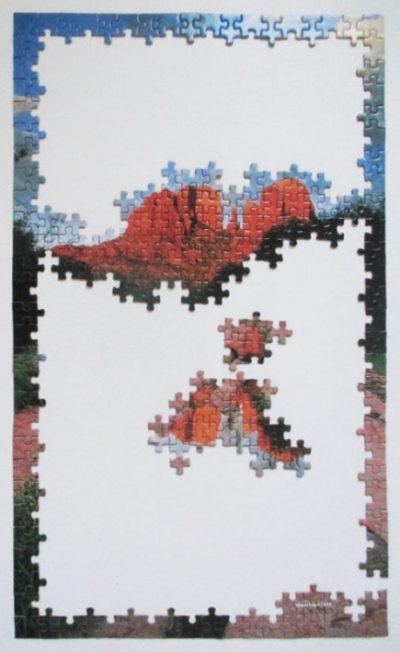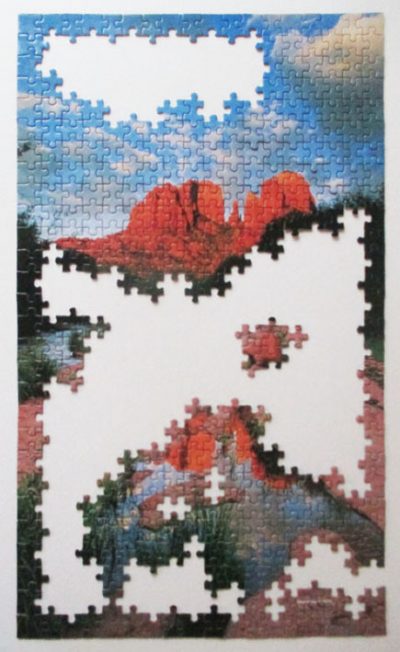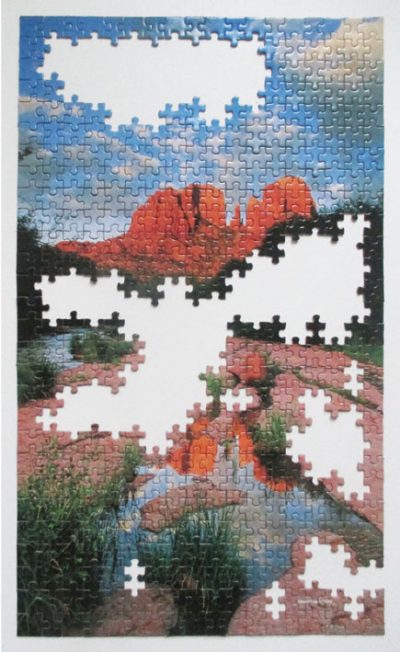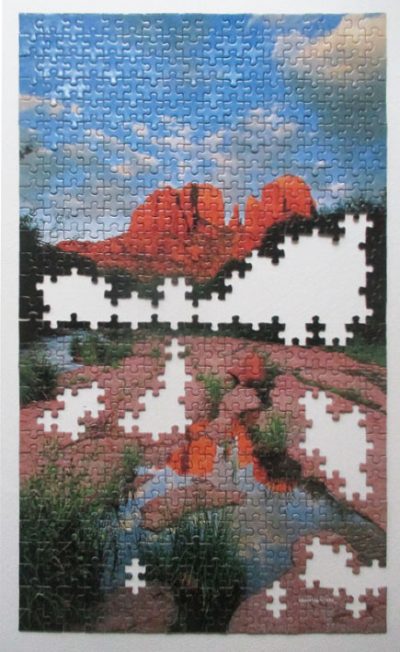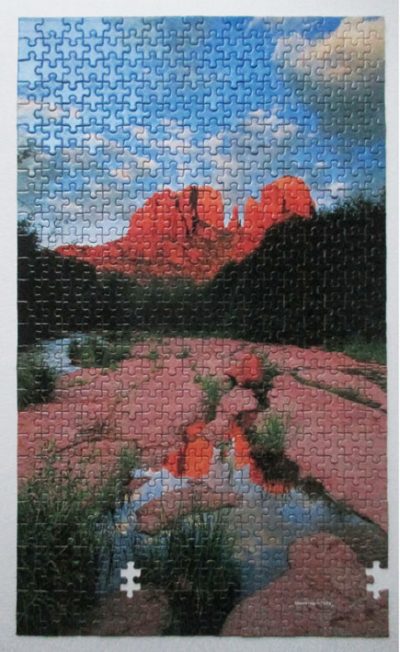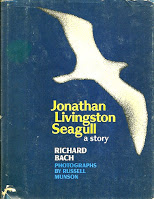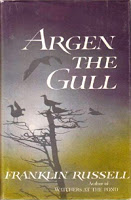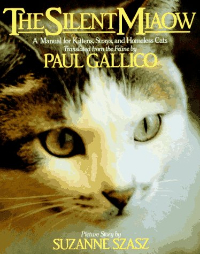The story of this fish is just amazing. The coelacanth, closest fish relative to tetrapods (ancestors of all reptiles, amphibians and mammals) was thought to be extinct for over three hundred million years until one day in 1938 when a fisherman in southern Africa offered part of his catch to a local museum curator- including a large and very strange fish. She was unable to properly preserve the specimen, so soon hoped to find another- it didn’t happen for thirty years- but then when rewards were offered, fisherman began pulling coelacanths out of the sea rather regularly (considering how long they\’d been so hidden). This narrative describes the scramble of scientists and museums to get their hands on coelacanth specimens, and the struggles to procure a live one- even though the fish has an oil-filled organ in lieu of a swim bladder (so it doesn\’t suffer from decompression when brought up from the great depths where it lives) yet all the coelacanths caught and brought to the surface soon died from the stress and other factors. It was rather stunning to read the description of the first person who built a submersible and was able to dive deep enough to view the coelacanths in their habitat- and find out where they were actually living. There are two known extant populations- one off the Comoros Islands near Madagascar and the other off the coast of Indonesia. (They have different colors- the African coelacanth is dark blue with white markings, and the Indonesian one is brown speckled with gold). When the ancient fish was first discovered the scramble was to procure specimens for study, but then people realized it had a low reproduction rate – giving live birth in small numbers compared to oviparous fishes- and they switched tactics to make fisherman release any coelacanth caught instead of rewarding them for bringing them in. I looked it up and there are still the only the two known populations so it’s very rare. Makes you wonder what else is out there, lurking in caves under the ocean, that we don’t know about!
The book is pretty engaging, but was a lot about the people involved in the discovery, including political squabbles over who had rights to the first coelacanth specimens- rather than details about the fish itself. I would really like to read some of the firsthand accounts or more about the physiology of the living coelacanth, but this was a really good introduction to the species and its wonders. Here’s an article I found about the species (which relates a lot of the same found in this book) with a video of a live coelacanth.

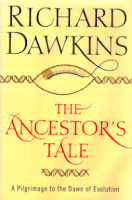


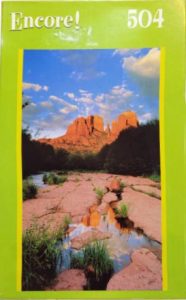 Unlike most of my puzzles, this one is scenery. It was included free when I bought the
Unlike most of my puzzles, this one is scenery. It was included free when I bought the 
